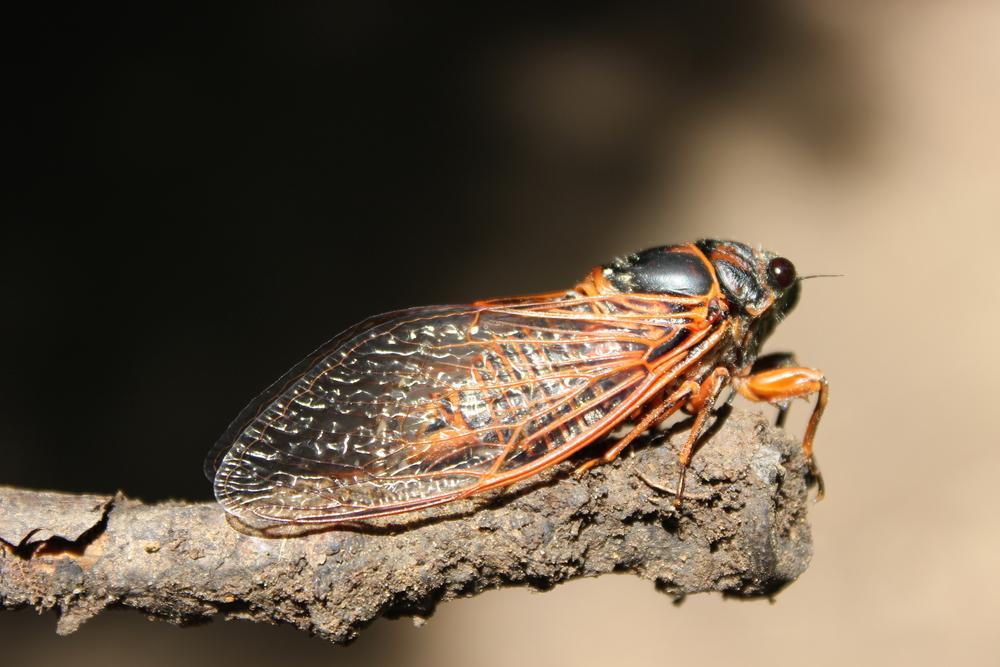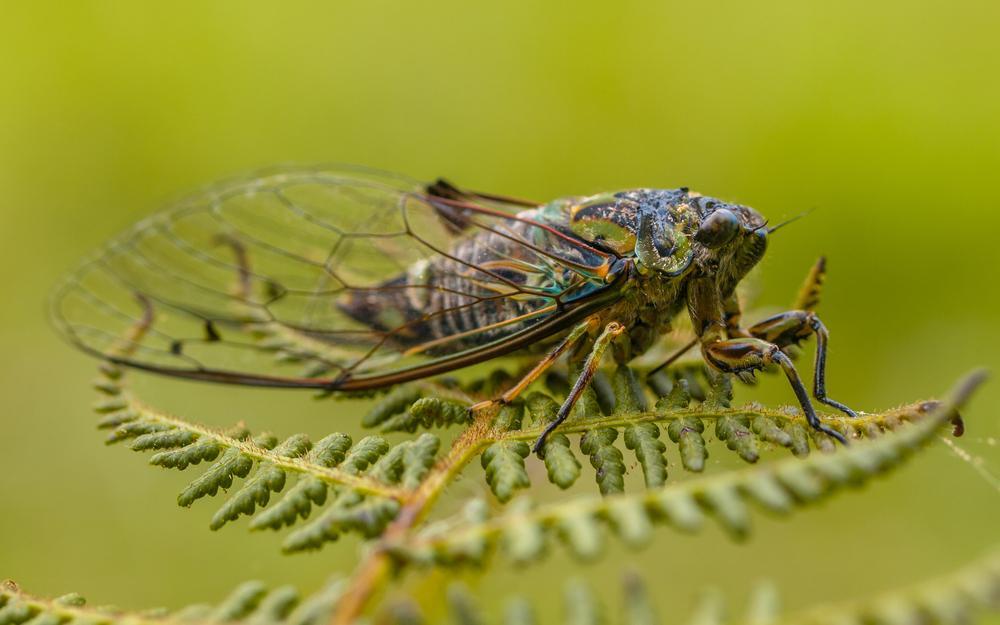When the weather starts to get warmer and you hear the signature humming background, that’s when the cicadas start to invade your beloved garden. They commonly come in an annual manner during the warmer months.

For some of you, the loud noise of cicadas can be so disturbing that prevents you from having some relaxing time in your own house. Though they don’t sting or bite, you might get quite scared to have direct physical contact with them.
Moreover, a huge amount of cicadas won’t do any good for your plants and even damage them. They will surely destroy your beautiful garden in no time.
That’s why you need to get rid of the cicadas as soon as possible or better prevent them from coming to your outdoor living space in the very first place. If you are handy enough to handle gardening things, you can do the job all by yourself without costing you a lot.
The complete tutorial on How to Get Rid of Cicadas below will guide you through the steps that you need to do to handle the problem effectively.
How to Get Rid of Cicadas

Inspect your outdoor space
The first thing that you need to do once you find the cicadas infestation around your property is to inspect their existence further. Here are the signs of the cicada invasion that you can inspect:
- Listen to their hum – The easiest sign of cicada infestation is the loud hum. Listen carefully to the sound until you can locate its source, so you can identify the spot where they mostly hang around.
- V-shapes leave cuts – Cicadas have an interesting way to eat the leaves in which they often leave V cuts on those leaves. It’s a visual sign of cicadas infestation.
- Cicadas eggs – To lay eggs, cicadas create incisions into plants which can be visually unappealing. In some cases, it can damage the plants by reducing the wood accumulation.
Use insecticides
Cicadas can damage your plants by their way of laying eggs, so you need insecticides to protect them. Consider applying the broad-spectrum insecticides since they are manufactured to target harmful organisms and you can find the one which is labeled to handle cicadas infestation.
Early spring and late summer are the best times to apply the treatment. However, for you who live in the areas where cicadas come around periodically, you can apply the insecticides a month prior to their emergence.
Keep in mind to avoid spraying insecticides on the fruit-bearing trees and keep the family members and pets away from the sprayed plants. Only apply the insecticides to the ornamental trees, gardens, and shrubs.
You might also want to consider using perimeter treatment if the cicadas insist to keep coming to your property. Also, seal any openings to prevent them from coming through your house.
Cover trees with netting
Cicadas feed on the roots but you surely don’t want to let them make their way to your trees and plants. The periodic cicadas can even affect the health of trees in a huge way. To prevent such circumstances, you can apply foil barrier tape to the vulnerable tree and use netting to cover the fruit-bearing trees and tender shrubs.
Moreover, you might want to consider not planting some trees which can get easily damaged by cicadas including young cherry, hickory, ash, dogwood, maple, chestnut, oak, apple, pear, and peach trees. They most likely won’t survive during the cicadas’ investigation when they ate still smaller than 4 feet tall.
Cover your water features
Cicadas can get attracted by swimming pools and hot tubs as their landing spot and you don’t want to see their dead bodies floating around or even clog the filters. Investing in a durable swimming pool and hot tub cover is a must when you live in the areas with periodic cicadas invasion.
(You may also like: How to Get Rid of Centipedes in No Time | Simple DIY Tutorial)
Avoid yard working when the temperature is warm
The voice of cicadas is used to attract their mates. The sounds of string trimmers, lawnmowers, and leaf blowers can surprisingly attract the cicadas since they will think that there’s a potential mate.
You might find the cicadas swarming around your garden if you do your yard work when it’s warm outside. Consider working on those plants in the early morning when the temperature is cooler. Further, always wear a hat to prevent the cicadas from falling onto your head when you perform yard maintenance.
Remove dead cicadas immediately
Once you find the cicada carcasses on the ground, you should remove them as soon as possible before they get piled up. It’s because dead cicadas can rot quickly and release an unpleasant smell around your outdoor living space.
Moreover, those dead bodies will also attract your pets, birds, and other predators (that can be quite dangerous) to eat them. Cicadas which are killed by insecticides can be poisonous to other animals and their tough wings can cause digestive distress.
Removing dead cicadas’ bodies can be so tricky when you have heavy invasions in your area. You may need to use a broom or even a snow shovel to deal with the problem. If you don’t use insecticides, you can bury the carcasses.
Ask help from professional pest control services
Eventually, if the job is just too overwhelming for you, you can ask for help from professional pest control services. You might want to consider turning to a pro when you have a heavy infestation or sizeable yard.
Those pros surely have sophisticated tools and supplies that will solve the problem in no time. They also can do the job without damaging your garden or harming anyone. You will surely have your beloved garden free from cicadas even in a long run.
However, of course, you will need to prepare a budget for this step. In general, the cost will depend on the size of your yard and the methods that will be applied.
(Image source: depositphotos.com)





